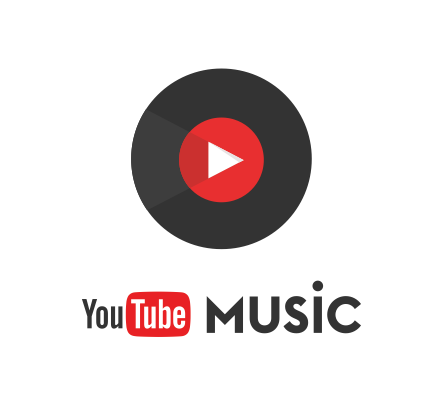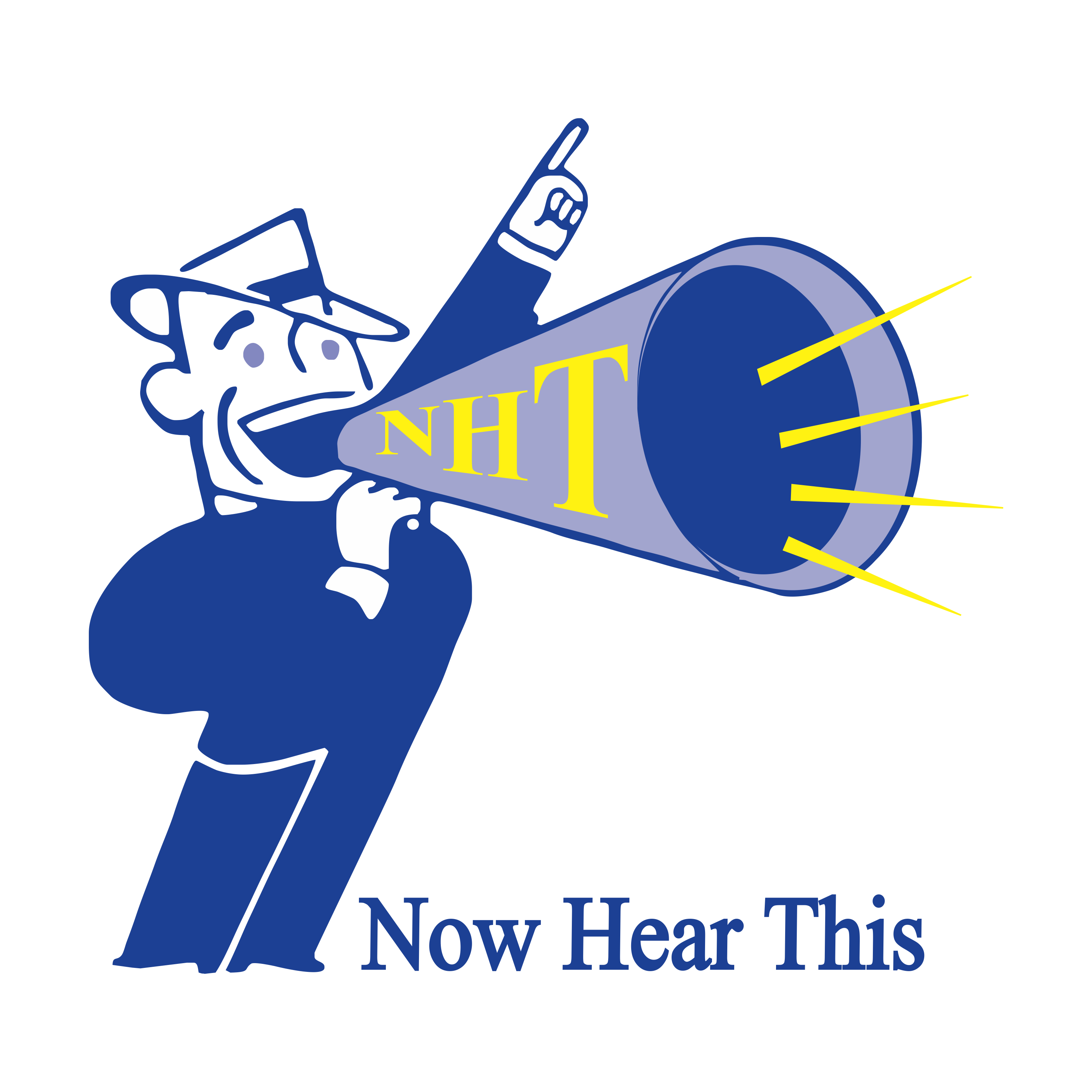 Last night I was watching television. I have a Google Home Mini sitting right next to the TV. So, when a commercial came on in which someone said, “Hey Google,” and then gave it a command to start playing certain music, yup, you guessed it, my smart speaker started playing exactly what the person in the ad asked for. As Homer Simpson would say, “D’oh!”
Last night I was watching television. I have a Google Home Mini sitting right next to the TV. So, when a commercial came on in which someone said, “Hey Google,” and then gave it a command to start playing certain music, yup, you guessed it, my smart speaker started playing exactly what the person in the ad asked for. As Homer Simpson would say, “D’oh!”
If you follow the Instagram account for my weekly “Now Hear This Entertainment” podcast, you’ve seen me post on there in the past a short video of asking an Alexa to play the latest episode.
If you think it gets a little overwhelming at times, trying to keep up with the comings and goings of the various music/podcast listening platforms these days, there is one less in the mix that you wouldn’t have expected to go away.
If you are creating original music and not podcasts, we have something in common. We both can no longer count Google Play Music as a source for listeners to hear what we produce.
Here is what you can do, though.
Podcasters were notified earlier this year and then again when it just happened, emails being sent saying that Google Play Music was going away and that listeners should be directed instead to Google Podcasts. (For some reason, a portion of the podcast community had an, “It’s about time” reaction. I’m no Albert Einstein, but I knew what the difference was and certainly never complained that, until this recent change, Google was actually making NHTE available on two different platforms.)
But what about music creators? Especially now, when there are few live shows to be had in many parts of the country, there need to be plenty of places where people can get your original music from. To take away Google Play Music is just another jab by the boxer who’s trying to pummel your music career, right?
Actually, Google had a response planned for that too. They have actually been directing music creators to push their listeners towards YouTube Music. I’ll pause for a second while you re-read that sentence. Yes, YouTube Music. Not the YouTube that you’ve been used to where you upload your videos to. Instead, while this might look a bit like YouTube, to quote a popular expression, “There’s nothing to see here.” I test drove it recently and liked the accessibility and wasn’t turned off by there not being something visually holding my attention. (That is, unless you relish the idea of staring at album artwork.)
| Related posts: |
| Where the Money ISN'T Coming From for Indie Musicians |
| Get More Notice for What You're Creating |
Now, to clarify, yes, you can see some videos on there, but the point here is that the major emphasis is on this being a streaming service that can compete with the likes of Spotify, Pandora, SiriusXM, iHeartRadio, etc. Remember the context here – Google needed someplace to send listeners who were used to streaming through Google Play Music. Thus, they weren’t going to say, “Go from a listening platform to watching videos on (the traditional) YouTube (platform) instead.”
The moral of the story is, you do need to keep up with these kinds of changes because you do need to make sure your music (or your podcast) is in as many places as possible. And while there’s a good chance you might search for yourself on YouTube Music and find your content already on there, now is a good time to double check and make sure, if you haven’t done so and aren’t sure already.
Remember, though, that sadly, unless you’re an A-lister, don’t get excited thinking that this is going to be a pot of gold that you’re going to discover. In the Related Posts links above, check out the blog that shows the harsh reality of returns (or lack thereof) from streaming services.
Where are you getting good streaming results? Are you already on YouTube Music (or Google Podcasts)? Tweet to let me know via @NHT_tweets or use Facebook or LinkedIn to give me your feedback. Alternatively, you can send me a note through email. And remember that if you need help sorting through this, or some other facet of your music or podcasting career, I'm available for a private, one-on-one video consultation.
